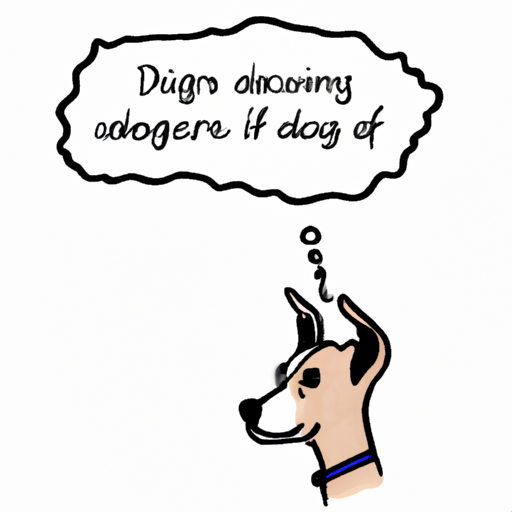What’s in a Name?
You’ve probably asked yourself, “How do dogs know their name?” Well, it’s not that dogs understand the concept of names in the same way humans do. Rather, they associate the sound of their name with certain outcomes. It’s a fascinating process, one that combines several elements of canine cognition and behavior.
The Role of Association
The first element is association. When you call your dog’s name and something positive happens (like getting a treat or going for a walk), your dog begins to associate the sound of its name with these positive experiences. This is known as classical conditioning, a basic form of learning where a neutral stimulus (the sound of the name) becomes associated with a meaningful stimulus (the treat or walk).
Here’s what this association process might look like in practice:
- Say your dog’s name.
- Immediately give your dog a treat.
- Repeat this process several times a day, over several days.
Consistency is Key
The second element is consistency. Dogs learn best when there’s consistency in their environment and experiences. This means that you should use your dog’s name in the same way and for the same purposes each time. If you sometimes use your dog’s name when you’re happy with it and other times when you’re upset, your dog might become confused or even anxious.
Here are some tips for maintaining consistency:
- Use your dog’s name in a positive, upbeat tone of voice.
- Avoid using your dog’s name to scold or punish.
- Use your dog’s name exclusively when you’re interacting with your dog, not as background noise.
The Power of Repetition
The third element is repetition. The more often you use your dog’s name in a positive context, the stronger the association becomes. Repetition is the key to reinforcement, and reinforcement is the key to learning.
Consider this simple routine to reinforce your dog’s name:
- Morning: Say your dog’s name + give a treat
- Afternoon: Say your dog’s name + play fetch
- Evening: Say your dog’s name + give a belly rub
The Importance of Attention
The fourth element is attention. Dogs are social animals, and they crave our attention. When you say your dog’s name and then give it your undivided attention, your dog learns that its name is a signal for focused interaction. This is why dogs often come running when they hear their name—it’s their cue that they’re about to receive some much-desired attention.
Here are some ways to ensure your dog’s name garners attention:
- Use a distinctive, easy-to-hear name.
- Always look at your dog when you say its name.
- Reward your dog with praise, petting, or playtime when it responds to its name.
FAQs
How long does it take for a dog to learn its name?
It can take a few days to a few weeks, depending on the dog and the consistency of the training.
Do dogs understand their names or just the sound?
Dogs don’t understand names in the same way humans do. They respond to the sound of their name, especially when it’s associated with positive experiences.
Can a dog forget its name?
If a dog’s name is not consistently used, or if it’s used in negative contexts, a dog might stop responding to its name.
Why doesn’t my dog respond when I call its name?
Your dog might be distracted, scared, or confused, especially if its name has been used inconsistently or in negative contexts.
Can I change my dog’s name?
Yes, you can change your dog’s name. Use the same principles of association, consistency, repetition, and attention to teach your dog its new name.



